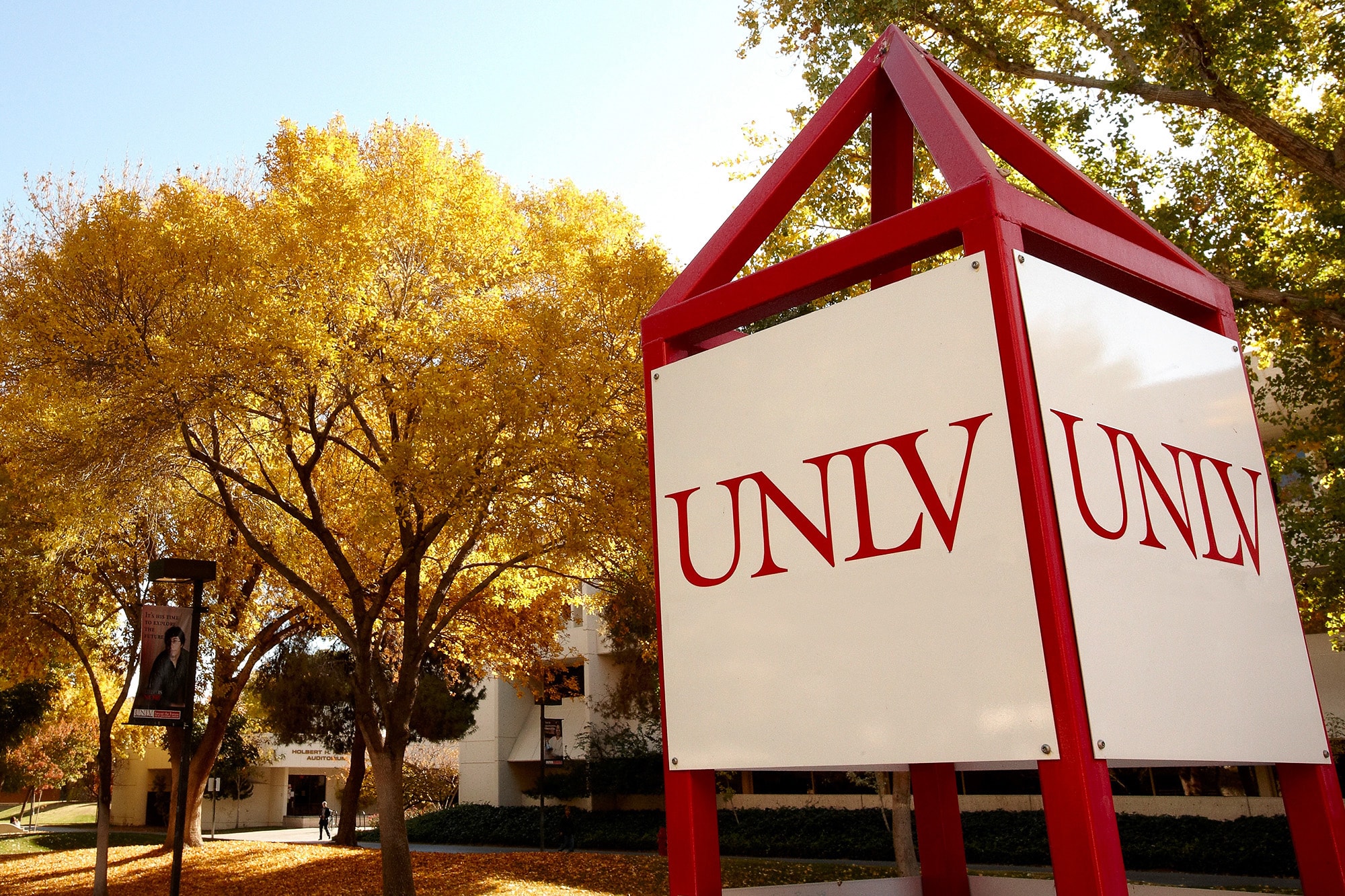In this week's issue of the journal Nature, UNLV astrophysicist Bing Zhang and an international team of scientists detail the first-ever evidence of a star being swallowed by a supermassive black hole.
The discovery stems from the identification of a powerful burst of high-energy flares, known as a relativistic jet, from the center of a black hole, and opens a new line of investigation into how black holes function in the universe.
"Scientists have for years theorized that black holes have the gravitational pull to envelope stars, but we did not expect that these events can launch jets that are moving close to the speed of light," said Zhang, co-author on the Nature article led by Penn State astronomer David Burrows. "This event will change how scientists view black holes and ultimately improve our understanding of how they work."
Swift J1644+57 was discovered in March when it triggered a specialized satellite used by NASA and university scientists to identify gamma ray bursts (GRB) - the most violent explosions in the universe. NASA's Swift team, of which Zhang is a member, studies GRBs and determined on further investigation that the burst detected was very different than a normal GRB.
What was previously identified as a GRB turned out to be a relativistic jet from a star-swallowing black hole that contained observational properties never before seen. Light from the jet traveled 3.9 billion light years before reaching earth.
Black holes with a strong gravitational field can overpower and pull stars inward, destroying the star and trapping its gases into a swirling disc surrounding the black hole. The spinning gases heat up rapidly to millions of degrees and lead to the creation of the high-powered jets. The aftermath of this process may have been observed in distant galaxies, but catching the onset of the event the form of a jet has never been observed.
Zhang and colleagues concluded that the jet is strongly magnetized. According to Zhang, free energies exist in a spinning black hole but magnetic fields are needed to tap the energy. When the black hole enveloped the star, the magnetism of the star in part made it possible to launch the jet that the scientists identified.
Zhang and UNLV post-doctoral researcher Wei-Hua Lei are working with the data from the event - which occurred roughly 3.9 billion years ago - to infer the spin rate of the black hole, a crucial yet difficult parameter to measure.
Bing Zhang is a professor of astrophysics at UNLV. A member of the NASA Swift Team, Zhang is credited with redefining how astrophysicists understand afterglow and prompt emission of GRBs and is among the most widely cited authors in the field of space science. Swift started in 2004 and is managed by NASA's Goddard Space Flight Center in Greenbelt, Md.
To read the full text of the Nature article, "Onset of a Relativistic Jet from the Tidal Disruption of a Star by a Massive Black Hole," of which Zhang is co-author, visit nature.com.



